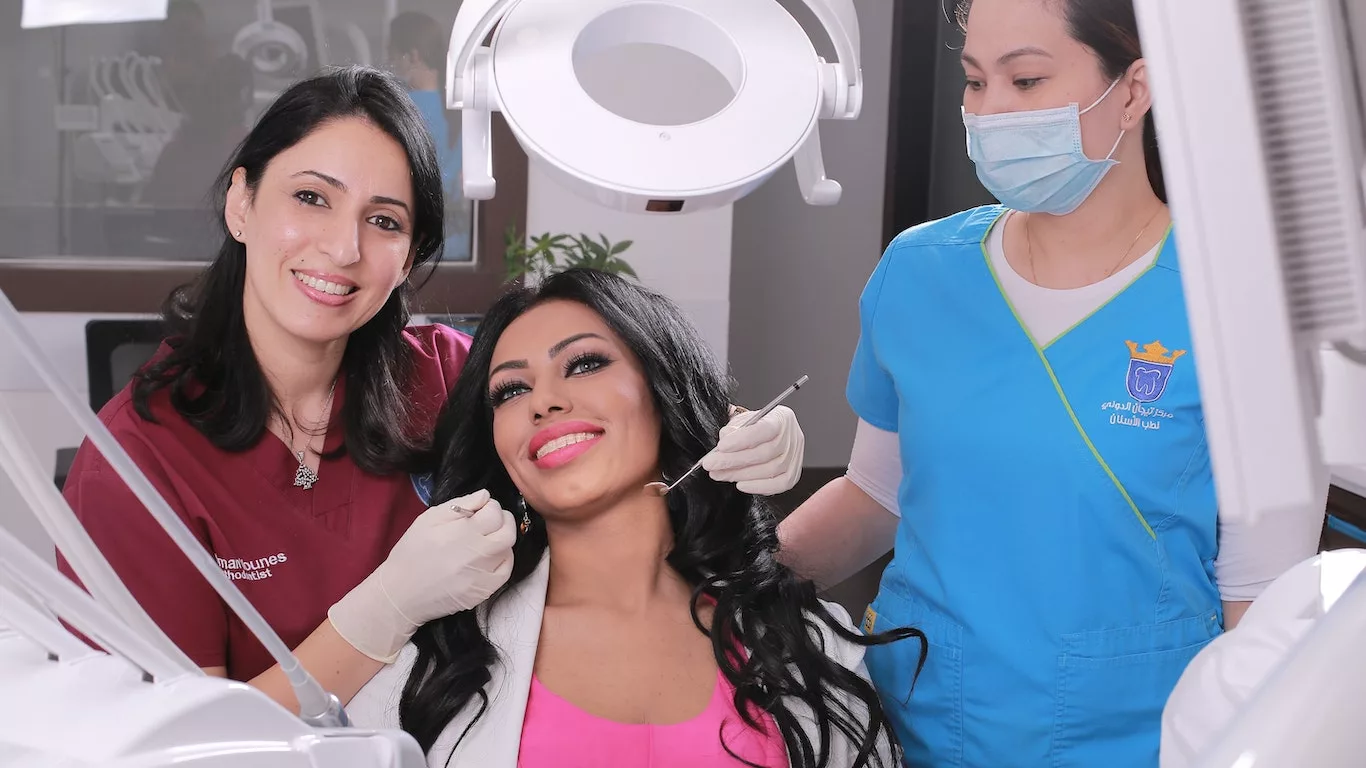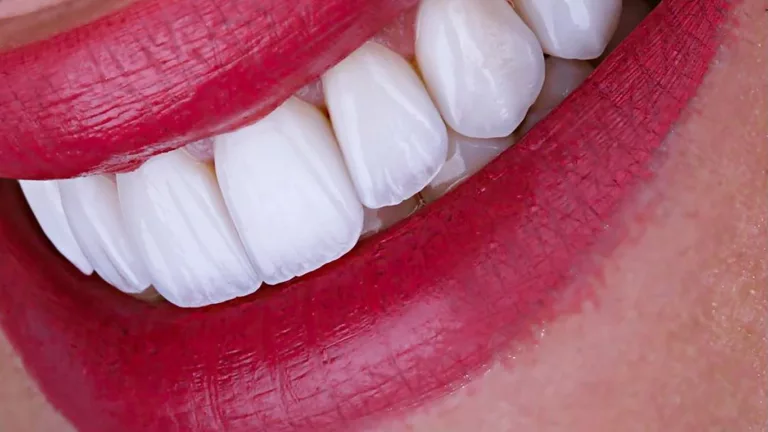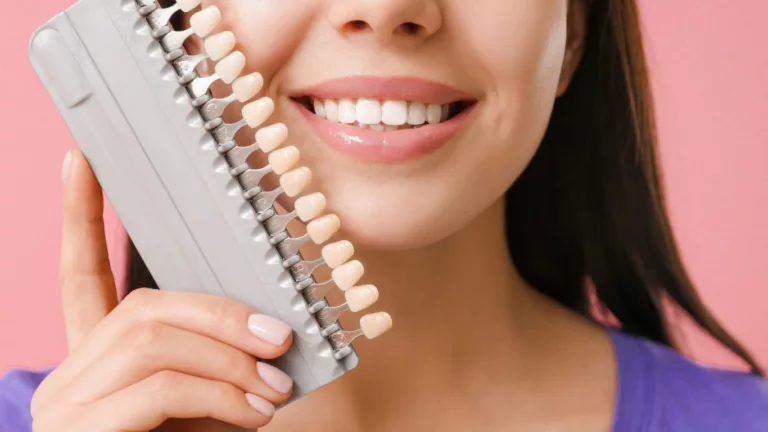Non-Invasive Veneers: A Gentle Smile Transformation
Explore the world of non-invasive veneers for teeth, a revolutionary dental solution. Learn about the benefits, procedure, and find out if non-invasive veneers are the right choice for your smile.
Introduction
Understanding Non-Invasive Veneers for Teeth
Non-invasive veneers offer a transformative approach to enhancing smiles without the need for extensive tooth reduction. This guide will provide insights into the benefits, procedure, and considerations for individuals looking to improve their dental aesthetics through non-invasive veneers.
Benefits of Non-Invasive Veneers
Non-invasive veneers preserve the natural tooth structure, offering a conservative yet effective solution for smile enhancement. They are a suitable option for addressing various cosmetic concerns, including discoloration, minor misalignments, and uneven tooth surfaces.
The Non-Invasive Veneer Procedure
The procedure for non-invasive veneers involves minimal tooth reduction, making it a comfortable experience for patients. From consultation to placement, understanding each step of the process is crucial for individuals considering this innovative dental solution.

Considering Non-Invasive Veneers
Is Non-Invasive Right for You?
Determining whether non-invasive veneers are the right choice for your smile involves considering factors such as your dental goals, oral health, and lifestyle. Consulting with a cosmetic dentist can provide personalized insights based on your unique needs.
Comparing Non-Invasive vs. Traditional Veneers
Contrasting non-invasive veneers with traditional veneers highlights the differences in tooth preparation, longevity, and reversibility. Understanding these distinctions empowers individuals to make informed decisions about their dental treatment.
Potential Risks and Considerations
While non-invasive veneers offer significant advantages, it’s essential to be aware of potential risks and considerations. This section will explore factors such as durability, maintenance, and the importance of regular dental check-ups.
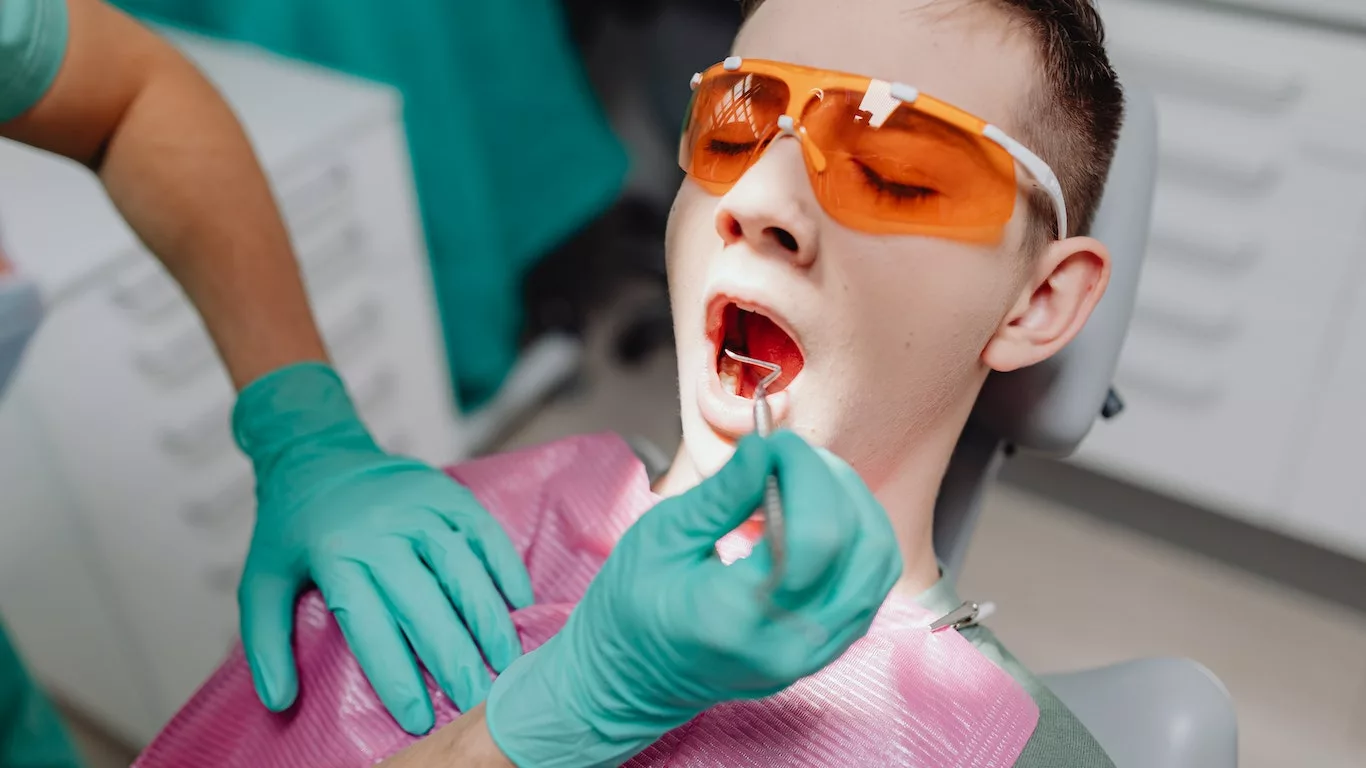
Choosing a Qualified Cosmetic Dentist
Research and Consultation
Selecting a qualified cosmetic dentist is crucial for a successful non-invasive veneer experience. This section will provide guidance on researching potential dentists, scheduling consultations, and asking relevant questions to make an informed choice.
Viewing Before-and-After Cases
Examining before-and-after cases of non-invasive veneer treatments performed by a dentist can offer valuable insights into their skill and expertise. This visual assessment can assist individuals in choosing a dentist whose work aligns with their aesthetic preferences.
Understanding Costs and Financing
Cost considerations are an integral part of the decision-making process. This guide will explore factors influencing the cost of non-invasive veneers, insurance coverage, and potential financing options to make dental enhancement accessible.

Caring for Non-Invasive Veneers
Maintaining Long-Term Oral Health
Effective oral care is essential for preserving the longevity and aesthetics of non-invasive veneers. This section will provide practical tips on oral hygiene practices, dietary considerations, and regular dental visits to ensure optimal results.
Addressing Common Concerns
Common concerns related to non-invasive veneers, such as staining, chipping, or adjustments, will be addressed in this guide. Understanding how to mitigate these concerns contributes to a positive and satisfactory experience with non-invasive veneers.
Embracing Your Enhanced Smile
The final section of the guide will focus on the positive impact of non-invasive veneers on individuals’ confidence and self-esteem. Embracing the enhanced smile and incorporating it into daily life is a key aspect of the overall transformative journey.
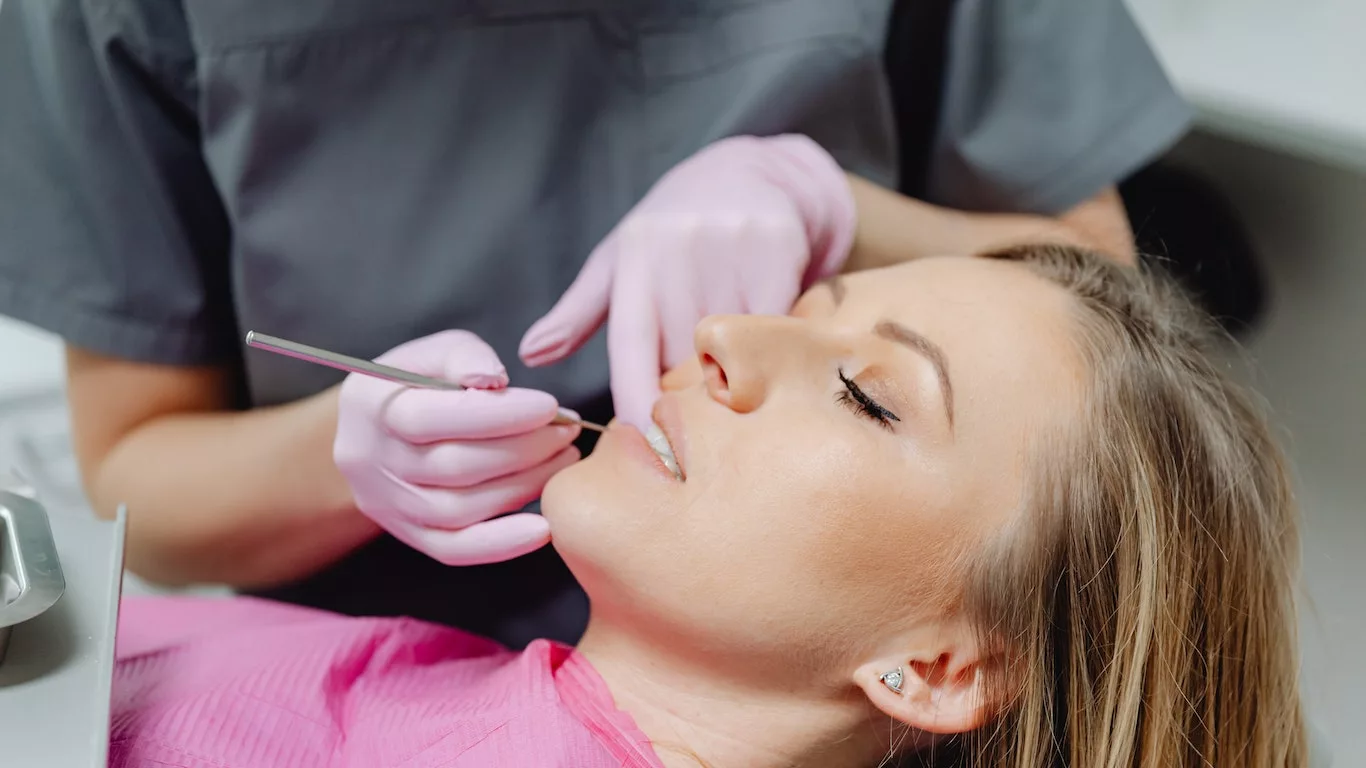
Conclusion
Unlocking Your Best Smile with Non-Invasive Veneers
In conclusion, non-invasive veneers offer a revolutionary approach to achieving a beautiful, enhanced smile. By understanding the benefits, considering personal factors, and choosing a qualified cosmetic dentist, individuals can unlock their best smile with confidence and pride.
Start Your Smile Transformation Today
Ready to explore the world of non-invasive veneers? Begin your smile transformation journey today by consulting with a skilled cosmetic dentist and taking the first steps towards achieving the smile you’ve always desired.

Appendices
References
Here are some reputable sources and studies related to non-invasive veneers for teeth and cosmetic dentistry:
- American Academy of Cosmetic Dentistry
- Journal of Cosmetic Dentistry
- International Journal of Prosthodontics
FAQs
Q1: Are non-invasive veneers suitable for everyone?
A1: Non-invasive veneers are suitable for individuals with minor cosmetic concerns. However, a consultation with a cosmetic dentist is necessary to determine eligibility.
Q2: How long do non-invasive veneers last?
A2: Non-invasive veneers can last several years with proper care. Regular dental check-ups and good oral hygiene practices contribute to their longevity.
Q3: Can non-invasive veneers be removed?
A3: Yes, non-invasive veneers are reversible, and they can be removed without causing damage to the natural teeth.
Q4: Do non-invasive veneers require special maintenance?
A4: While they don’t require extensive maintenance, maintaining good oral hygiene and avoiding excessive force on the veneers can contribute to their longevity.
Table: Pros and Cons of Non-Invasive Veneers
Here is a table summarizing the pros and cons of non-invasive veneers for teeth:
| Pros | Cons |
|---|---|
| Preservation of natural tooth structure | May not address severe dental issues |
| Reversible procedure | Initial cost can be higher than traditional veneers |
| Minimally invasive process | Not suitable for major orthodontic corrections |
Disclaimer
This article is provided for informational purposes only and should not be considered a substitute for professional dental advice, diagnosis, or treatment. Always consult with a qualified dentist for dental concerns. The author and publisher do not endorse any specific dental products or treatments mentioned in this article.

Camellia Wulansari is a digestive health writer at Healthusias, known for turning complex gut-related topics into clear, relatable insights. Her passion lies in helping readers understand and manage conditions like acid reflux, GERD, bloating, and indigestion—using a mix of research-backed strategies and real-life solutions.
With years of experience writing in the health space, Camellia dives deep into the causes, symptoms, and lifestyle triggers of digestive issues. She’s especially focused on helping people identify food-related sensitivities, manage reflux naturally, and build daily habits that support long-term gut wellness.
Her mission? To make digestive health feel less overwhelming—and a lot more manageable.
Explore Camellia’s latest articles on Healthusias for down-to-earth advice and practical tips to help your gut (and life) feel a whole lot better.
